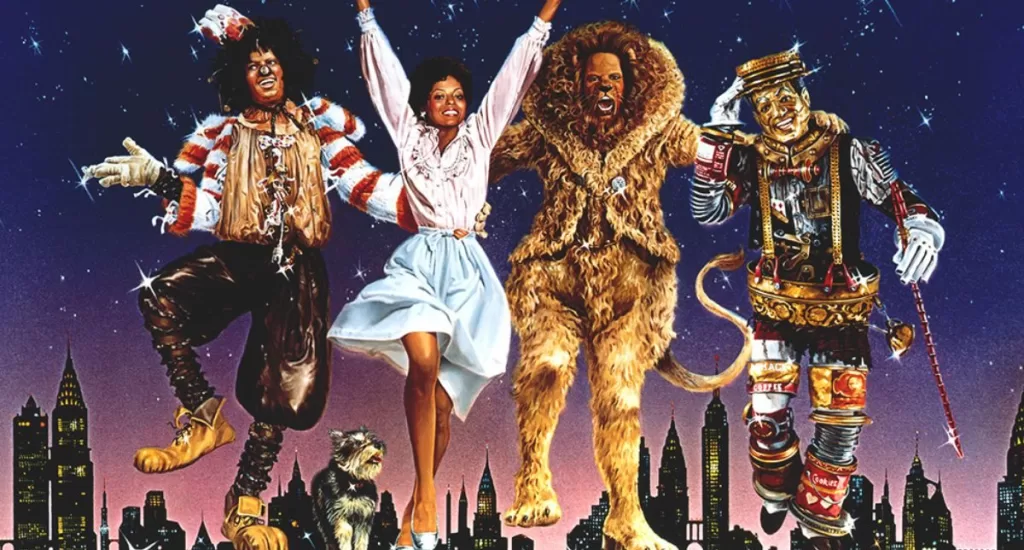
There are stories we inherit like heirlooms passed down in rhythm and rhyme, told in color and soul.
The Wiz is one of them.
It premiered on Broadway in 1975, glittering and unapologetic, a wholly Black reimagining of The Wizard of Oz that dared to ask:
What if the road home pulsed to the beat of funk and freedom?
Fifty years later, we’re still following that golden path shoulders rolling, hearts open, joy leading the way.
The World They Built: 1975 and the Birth of a Phenomenon
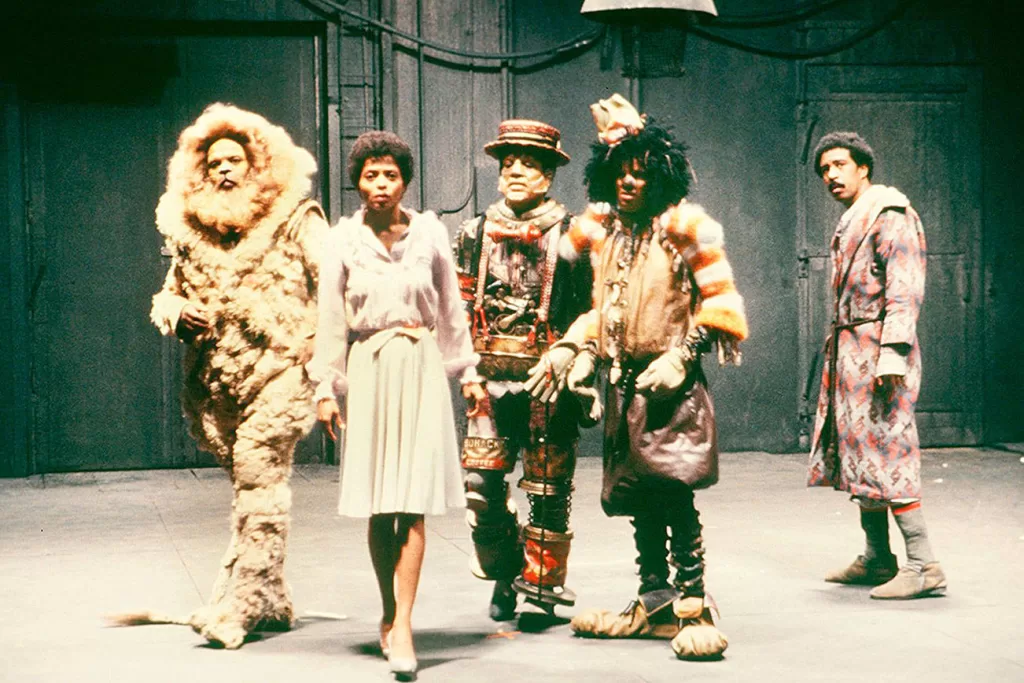
When The Wiz first opened at the Majestic Theatre, critics weren’t sure what to make of it. They dismissed it as a novelty too bold, too brassy, too Black.
But the audiences knew better.
Here was a show that didn’t just adapt L. Frank Baum’s classic it claimed it. With a cast entirely composed of Black performers, choreography steeped in soul, and a score that turned every note into celebration, The Wiz was a declaration. A revolution. A party.
And it worked.
It won seven Tony Awards, including Best Musical. Stephanie Mills became a household name. And an entire generation saw themselves not just in Oz, but owning it.
This was representation not as symbolism, but as spectacle.
As style. As self love. As gospel truth.
Ease On Down, Look Fly Doing It: Style, Sound, and Soul
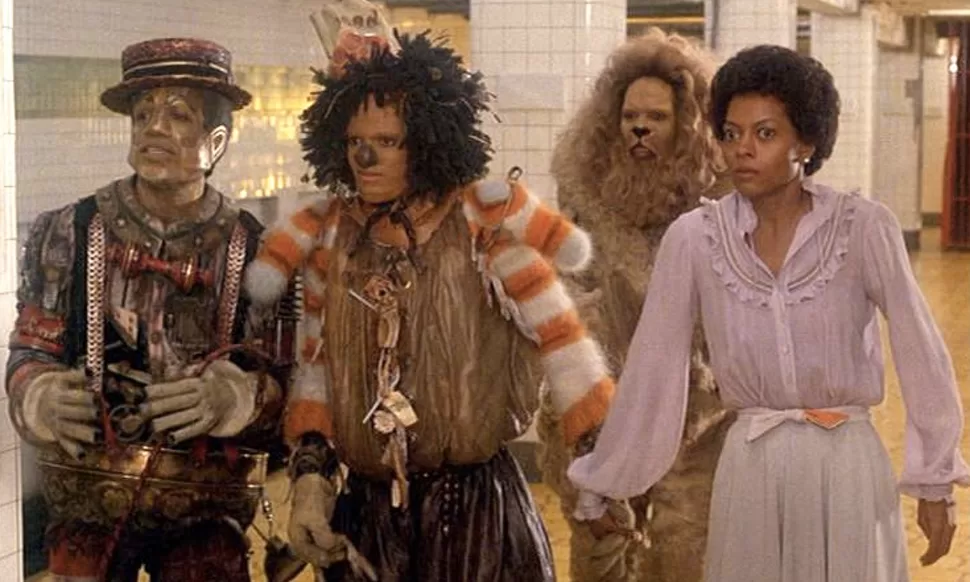
What set The Wiz apart wasn’t just the casting. It was the flavor.
Every visual, every beat, every sequin was steeped in 1970s funk and flair. Dorothy wasn’t just dreaming of somewhere over the rainbow she was moonwalking toward it in platform heels.
The costumes? A fantasy of Afrofuturist elegance before the term even existed.
The music? Earthy and electric. From “Home” to “Don’t Nobody Bring Me No Bad News,” the soundtrack moved hips and healed hearts.
Even the Emerald City shimmered like a discotheque a place where beauty standards changed with the beat and confidence was couture.
The Wiz didn’t just offer inclusion.
It offered liberation, laced in horn lines and bright fabrics.
It proved that when Blackness leads, the world follows.
The Road Rewinds: The Wiz at 50
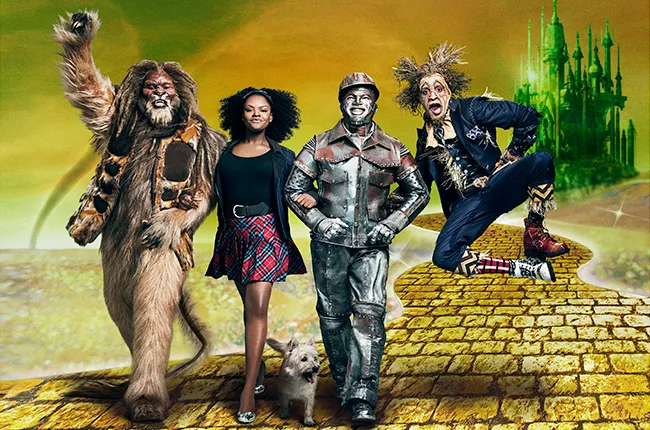
In 2024, The Wiz returned to the stage with a dazzling new revival tour that’s currently preparing for its Broadway arrival. With a fresh cast and direction by Schele Williams, it’s a powerful nod to the past that feels entirely of the present.
This revival doesn’t try to reinvent the magic it honors it.
It reminds us that 50 years later, The Wiz is not nostalgia. It’s a blueprint. It’s still teaching us how to dance through discomfort and sing our way to selfhood.
And we can’t talk legacy without revisiting The Wiz Live! on NBC in 2015.
Broadcast to millions, that production starring Shanice Williams, Queen Latifah, Mary J. Blige, and a commanding Uzo Aduba brought Broadway into living rooms with joy and elegance. Directed by Kenny Leon with choreography by Fatima Robinson, The Wiz Live! showed a new generation that this story still breathes, still sparkles, still matters.
That version was more than a revival it was a revival meeting. A reminder that Black musical theatre is not niche. It is necessary.
We’re Still Easin’ On

At 50 years old, The Wiz is more radiant than ever.
Not because it changed Broadway once but because it keeps changing us.
Its cultural legacy is etched in rhinestones and rebellion. It’s in the shows it inspired, the careers it launched, the kids who saw themselves not as sidekicks or scenery but as leads.
The Wiz redefined what a heroine could sound like.
What a city could look like.
What a homecoming could feel like.
And as long as there are roads to follow and truths to sing, we’ll keep easing on down, with heads high and music loud.
Because that’s what The Wiz taught us:
To find our way by dancing.
Explore our other posts Ain’t Misbehavin here and The Fire Shut in my Bones here.
The Wiz turns 50 in 2025, and its impact is still shining. From its revolutionary Broadway debut in 1975 to the revival tour and The Wiz Live! broadcast in 2015, the show has shaped generations of artists and audiences. If you’re researching the history of The Wiz musical, its Black cultural legacy, or why it remains so popular, this celebration honors everything the show represents—and why it still leads the way.

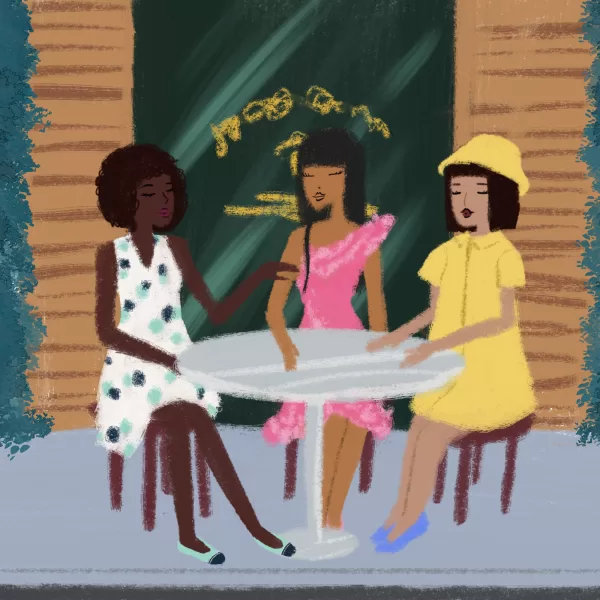
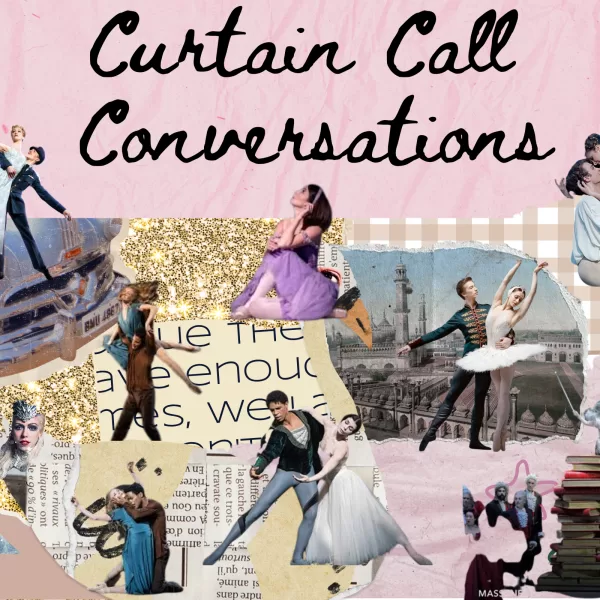
[…] our posts 50 Years of The Wiz here, Ain’t Misbehavin here and My Fair Lady […]